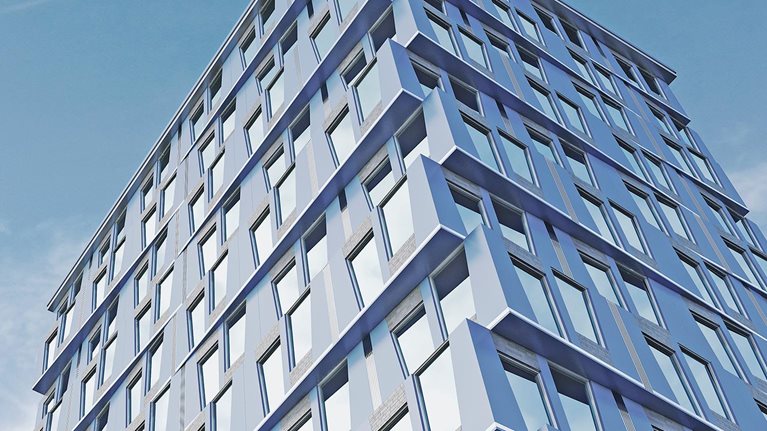NCREIF apartment returns of 3.9 percent in the second quarter exceeded all sectors with the exception of industrial real estate, which saw a shift from brick-and-mortar to online shopping that has reverted back to the prepandemic trend (Exhibit 1). The apartment sector has now returned 24.4 percent over the trailing 12-month period (Exhibit 2). Appreciation accounted for 76 percent and 82 percent of apartment returns in the quarter and over the trailing year, respectively. Net operating-income growth has been the predominant driver of appreciation over the past year, while capitalization rates started the 12-month period at 4 percent, fell to a decades-long low of 3.8 percent at year end, and expanded to 4.3 percent in the second quarter, according to Green Street.


Average rental increases have outpaced broader inflation. The average apartment in the United States rented for $1,367 per month in June 2022, according to Apartment List, up 14 percent over the prior year and 24 percent over the prior 24 months.
Broadly, the cost of rental housing increased due to factors that include the following:
- Accelerated new household formation, which grew at the highest sustained rate in 50 years
- Lower home ownership rates (from 67.9 percent in 2020 to 65.4 percent in first quarter 2022), driven by rapid home price appreciation
- Higher replacement costs and limited new unit growth due to input cost inflation and supply constraints
- Greater ability to pay by employed people who have migrated to lower-cost cities
- Low supply elasticity in real estate
Supply inelasticity is a significant driver of rental-price growth. Migration from large, supply-constrained cities such as New York City has not led to falling rental prices, as demand consistently exceeds supply. Meanwhile, migration to less supply-constrained cities such as Phoenix (as well as to various suburbs and exurbs) has overwhelmed those markets’ ability to rapidly add supply, driving prices up substantially.
Multifamily residential-investment performance reflects both intra- and inter-MSA (metropolitan statistical area) migration patterns. Garden-style apartments, typically found in suburbs and exurbs, have been the highest-performing apartment type over the past year, returning 32.8 percent. The highest-performing regions were the Southeast (36.5 percent), Mountain (35.6 percent), and the Southwest (27.4 percent), all relatively low-cost regions experiencing inflows. In ten of the largest 15 metros where population growth decelerated from July 2020 through July 2021, rents rose in line with broader inflation. In the five major metros where population growth increased during the pandemic, rent rose by more than 25 percent.
Near-term upward pressure on rents may further damage affordability. The 30-year mortgage rate rose above 5 percent in July 2022—the highest since 2009, according to the US Federal Reserve. Mortgage applications are down by 32 percent from their first quarter 2021 peak, per ATTOM. Meanwhile, amid inflation, landlords may attempt to maintain margins through higher rents. Returns for investors, however, may be tempered by further expansion in cap rates, should the Federal Open Market Committee’s projections (3.8 percent federal funds rate target by year-end) manifest, and the historical correlation between government debt yield and cap rates hold.


